Whether you are refilling the tires with air as recommended or changing them altogether, they need to be cooled down properly to get an accurate reading or to be able to handle them with ease prior to dismounting.
The rule of thumb is to let your vehicle sit for at least 2 hours after driving at a significant distance to cool them down completely. However, you should consider letting them sit for a couple of hours longer in certain conditions such as when you’ve driven for long hours especially during hot weather.
Why do tires get hot?The role of friction and higher temperature primarily contributes to why your tires get hotter after driving. Moreover, there are also factors such as an increase in vehicle load, speed, and driving habits that are rooted in the aforementioned contributors.
Ambient temperatureAside from the heat generated by friction between the rubber and the road, outside temperature also accounts for hotter tires. Tires absorb heat when exposed to direct sunlight, and this causes the air chamber temperature to increase.
Additionally, high temperature causes air molecules to bump into each other, so the air inside your tires will take up more volume. To be exact, scientists figured out that a 10-degree increase in ambient temperature causes tires to expand by 1 psi.
Increase in vehicle loadTires tend to flatten more at the contact patch as the vehicle becomes loaded. This wider contact patch is a result of tire flexing due to weight distribution to the tires. This constant tire flexing with a more flattened contact patch when the tires are moving contributes to the heat being generated.
That is why the tire pressure information found in your vehicle’s door frame doesn’t only mention recommended PSI, but also states the load limit of combined passenger and cargo weight.
SpeedSustained high speeds also play a part in why your tires become hotter. Brought by a higher friction coefficient between the road and the rubber, tires can experience an increase of roughly 50 degrees after rolling on a freeway.
Brought by a higher friction coefficient between the road and the rubber, tires can experience an increase of roughly 50 degrees after rolling on a freeway.
How you take your vehicle for a spin affects how friction causes them to heat your tires more. Abrupt braking, tight maneuvers, and sudden acceleration are just some of the few examples of habits that not only put too much stress on your tires but also get them hotter in the process.
Other Ways to Help Your Tires Cool DownThe best way to cool down your tires naturally is by leaving your vehicle in park for a couple of hours, preferably in a covered area if during the midday heat. Yet, there will be instances when you want to aid in cooling them down faster. In that case, running your tires with cold water, or slowing down when you’re near the destination might help.
ConclusionTires need at least 2 hours for them to completely cool down.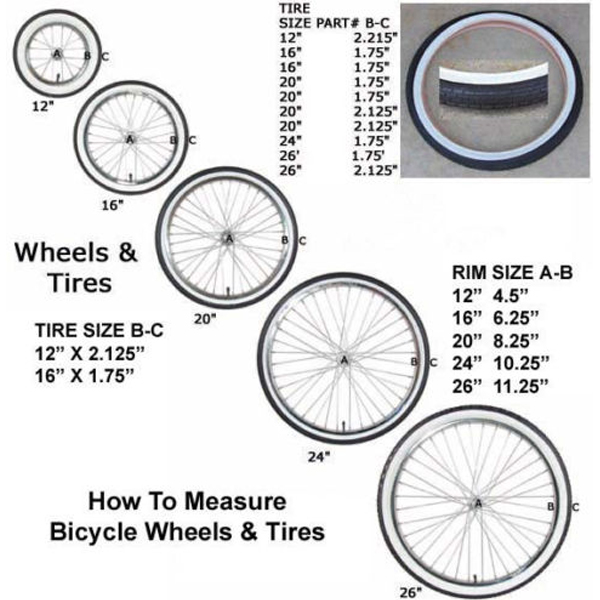 Add another couple of hours if you’ve been on a long drive especially in hot weather. Keep in mind also that there are factors that heat up your tires caused by friction and weather.
Add another couple of hours if you’ve been on a long drive especially in hot weather. Keep in mind also that there are factors that heat up your tires caused by friction and weather.
Question: When on vacation, I frequently drive long distances at high speeds. I never seem to be near an air pump in the morning to check the tires when they are cold. Is there a rule of thumb for how long to wait before the tires are cool enough to check the pressure? Is there any rule for translating a cold pressure to a hot pressure? For example, if I measure the pressure cold in the morning and need three pounds, can I just add three pounds later when they are hot?--C.R.
Answer: The rule of thumb is that you need to wait three hours with the car parked before the tires are cool enough to get an accurate pressure reading. In addition, you should try not to drive more than one mile in getting to a pump if you want to recheck the pressure when you add air.
These rules may sound difficult, but there are some easy short cuts. If your tire pressure is a bit low in the morning, you might consider adding one or two extra pounds at an air pump at the end of the day. Then, the next morning, when the tires are again cool, you can adjust the pressure exactly by letting air out of the tires.
I am not aware of any rule of thumb for translating a cold-pressure rating to a hot-pressure rating. If you are down three pounds of pressure when the tires are cold, then you could probably come close to the right pressure by adding that amount when the tires are hot. Normally, tire pressure rises five pounds per square inch after sustained freeway driving. If you do add air when the tires are hot, you should probably double-check the pressure the next morning.
Q: My 1982 Honda Accord with an automatic transmission occasionally experiences violent shaking upon starting when cold and at other times when it is restarted. In both cases, the car shakes strongly for about five minutes.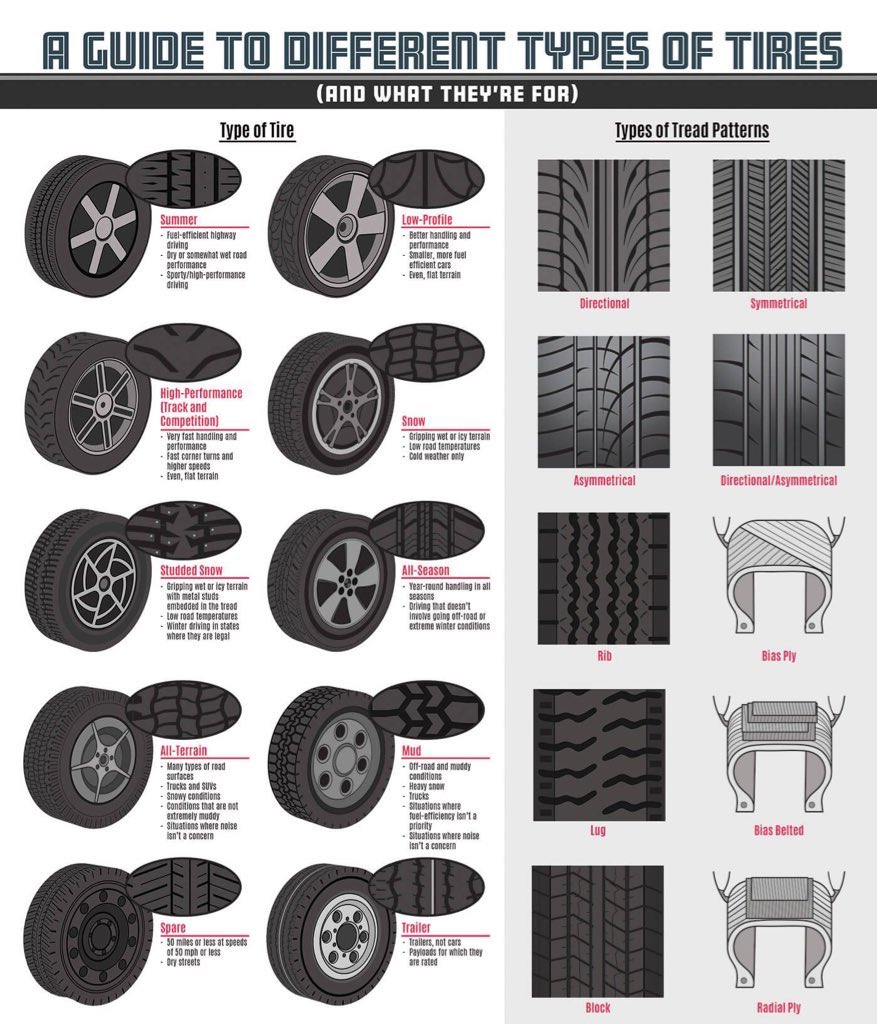 My Honda does this more frequently when parked on a hill.--M.M.
My Honda does this more frequently when parked on a hill.--M.M.
Q: My 1983 Honda Accord vibrated when backed out in the morning. It was so violent that things fell off the dashboard. It occurred for several minutes and then disappeared. I was so frightened by this problem that I sold the Honda and decided never to buy another one.--D.J.R.
A: Honda has identified a defect in the car that would account for these problems. But there also other possible causes.
The violent vibration and shaking are most likely caused by severe misfiring of one or more cylinders. The cause could range from fouled spark plugs to a problem in the electronic ignition system.
Another possible cause is described in Honda service bulletins regarding an overly rich fuel condition that occurs on restarting a hot car. The rich condition causes misfiring and severe shaking.
The rich condition results when a hot engine is shut off on a hot day. The heat retained inside the engine compartment causes gasoline to expand inside the fuel line and carburetor, causing what is known as percolation.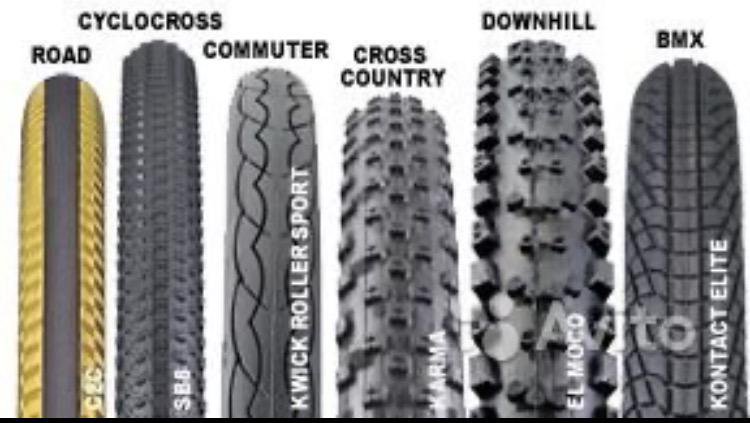 The fuel pressurizes, floods the carburetor float bowl and then spills into the intake manifold.
The fuel pressurizes, floods the carburetor float bowl and then spills into the intake manifold.
When the car is restarted, the intake manifold is full of gas and causes the engine to run erratically for a few minutes until it is cleared out. Honda’s solution to this problem has been to offer a system that operates the electric cooling fan under the hood for a few minutes after the engine is turned off. This keeps the fuel cool enough to prevent percolation.
Possibly, the two readers’ problems are related to this condition, except that the fuel sits around inside the intake manifold until morning. A rich condition doesn’t usually cause problems in a cold engine, but with the choke on and the extra fuel in the manifold, this could be the cause.
Consumer disputes over the age of tires have not subsided for several seasons. Buyers are excited that the warranty period for tires is limited to 5-6 years according to GOST, and after the expiration of this period, the rubber becomes unusable.
Is this really the case, read this article.
Manufacturers of most brands on their products set Shelf life is 5 years and service life is also 5 years .
The shelf life of a tire is the period during which it retains its performance when properly stored.
The end of this period does not mean that the tires have become unusable . A shelf life of 5 years is given by manufacturers because, by law, they cannot set a shelf life higher than the service life. Tires over 5 years of storage cannot be called damaged or defective, their technical characteristics may be slightly reduced. American researchers argue that the period of storage of "shoes" must be at least 10 years. Experts from Germany are sure that it cannot exceed 6 years.
The expiration date of tires is the warranty period during which the manufacturer is responsible for the quality and condition of the tire if it was used for its intended purpose without violating the operating rules.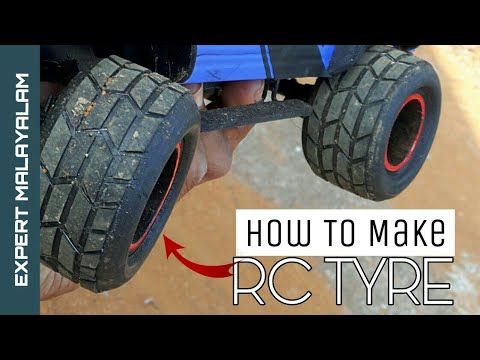
According to Russian legislation (GOST 5513, GOST 4754-97) , the service life of tires is 5 years from the date of manufacture.
How can I find out the date of manufacture of tires?
You can find out the age of tires by a special DOT code. Tires manufactured after 2000 in the DOT code contain two pairs of numbers, where the first pair indicates the week number of the year, and the second pair indicates the year. Earlier tires before 2000 have 3 numbers in their composition, where the first two digits are the week number, and the last one is the year (see the transcript in the photo).
Determination of the average shelf life of a tire according to GOST and operating conditions.
- The symbol ZR denotes tires for high-speed cars. They are recommended to be used at speeds over 240 km/h. up to 6 years
- Tires with the H symbol are used at a maximum speed of 210 km/h. within 5 years.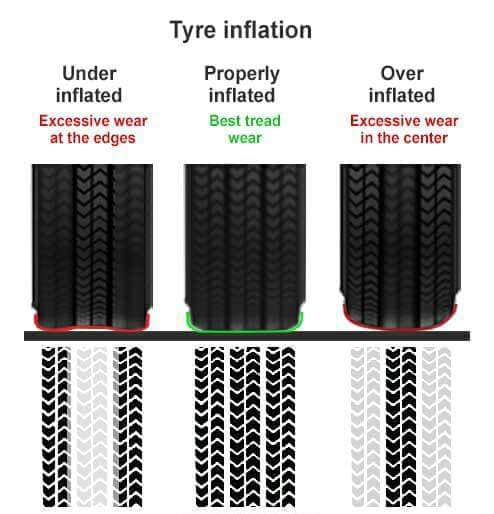
- The sign S symbolizes the maximum permissible speed of 180 km/h. and operational period of 4-5 years.
Most tire manufacturers do not agree that tire life is limited to 5 years. Each company has its own opinion on this matter. We analyzed several of them and the information they posted on their official websites.
Michelin
The French tire manufacturer Michelin has become famous for its active fight against the perception of the rapid aging of tires as a perishable product. Her information campaign "Tires Are Not Bananas" created a lot of noise in the automotive environment. According to the representative office, several test trials were carried out in Saudi Arabia, South Korea and Germany. As a result of testing, no difference was found between new tires and tires stored for 3 years. They were tested for various characteristics such as rolling resistance, high speed durability, etc. Tires with a year life were approximately equal in performance to 10-year unused tyres.
Tires with a year life were approximately equal in performance to 10-year unused tyres.
Michelin focuses the attention of car owners on the fact that tires are not a perishable product, their shelf life is not as important as the service life is important, starting from the date the tires are installed on the rims. It is from this moment that the tire is subjected to all tests: pressure, temperature changes, wear, contact with uneven and sharp coatings, etc.
Continental
On the Russian official website of Continental, we found the following information on the expiration dates of tires.
“When a tire is stored in the correct position and under the recommended conditions, it will not lose its original balanced performance for 5 years from the date of manufacture of the tire.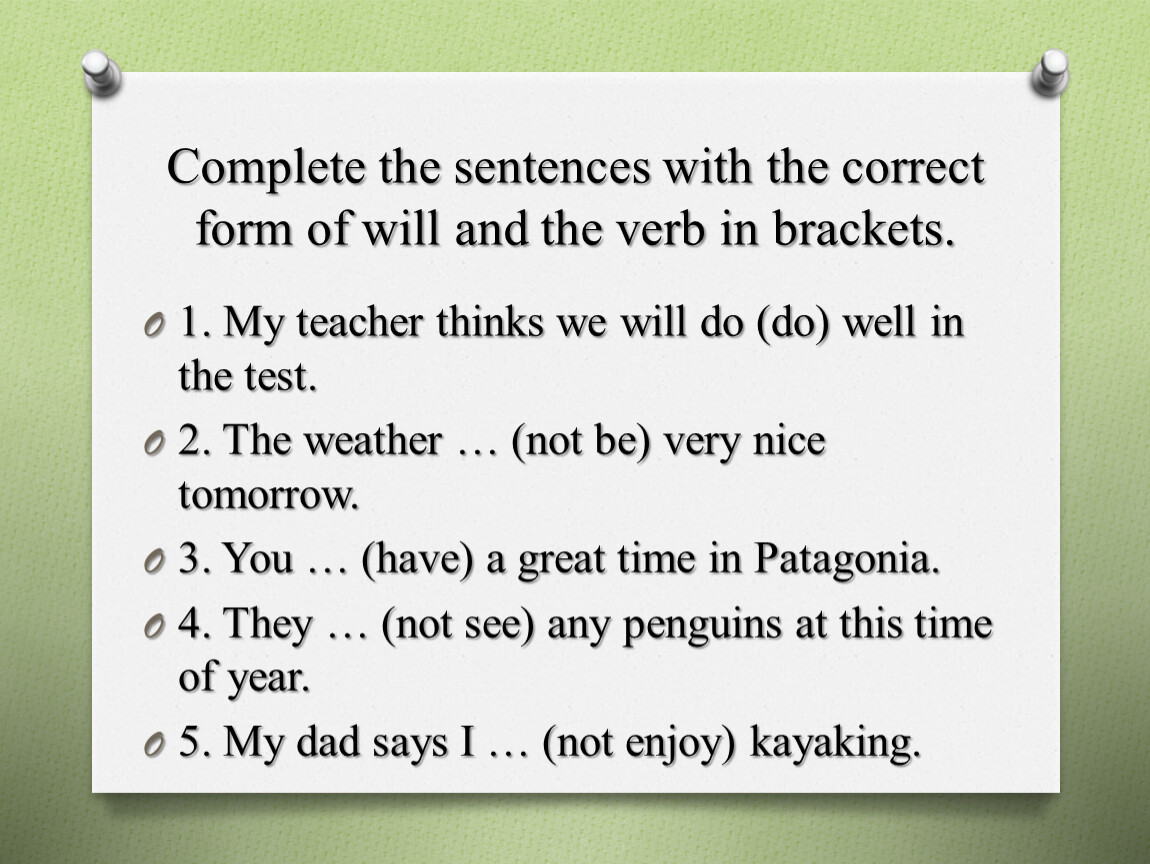
A properly maintained, unused tire less than 5 years old can be sold as a new tire and used normally.
Continental recommends replacing all tires (including spares) with a sidewall date greater than 10 years.
Nokian
The following information is posted on the Nokian official website:
“Tire life is not defined by law, but tires can only be considered “new” if they have been manufactured within the last five years. The recommended service life of tires is six years and the recommended maximum period is 10 years.
The opinion of our specialists, based on many years of experience, coincides with the opinion of manufacturers: the shelf life is 5 years + the service life is up to 10 years. Moreover, more "adult" tires, in our opinion, are of better quality.
To keep tires as long as possible, they are stored in compliance with all rules and recommendations. The main condition is a cool, ventilated, darkened room away from oils, paints, ozone, and heat sources.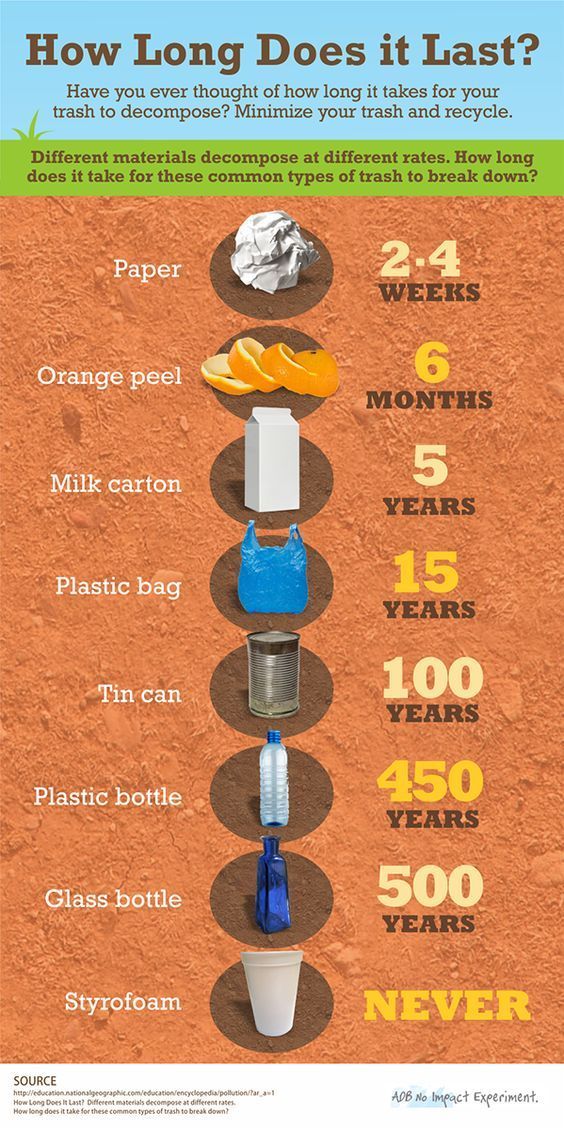
Rubber products tend to lose their performance over the years. To prevent and slow down this process, manufacturers add polymers to the rubber compound. They prevent oxidative processes that occur due to the interaction of protectors with oxygen and ozone.
The following are the main conditions for the proper storage of tires in accordance with GOST 24779-81:
Maintaining a constant regime without sudden jumps, slight temperature fluctuations from -30°С to +35°С are allowed;
Provide a low humidity level of 50-80% in a dry, ventilated cool room;
Avoid direct sunlight, use darkened hangars, shield heat sources;
Keep away from sources of heat;
Tires should not come into contact with corrosive, copper materials.
Avoid kinking, loading or positioning on an uneven surface.
Avoid contact with oils, organic solvents, acids, alkalis, fuels and lubricants on the tire surface. It is forbidden to lay tires on a wet and dirty surface.
It is forbidden to lay tires on a wet and dirty surface.
In the warm season, when storing tires outside, they should be covered with light-tight material and raised above ground level to ensure ventilation and prevent the occurrence of the greenhouse effect.
Storage on reflective, light and heat absorbing surfaces is prohibited.
Keep away from chemicals, oils, paints, open flames, electric motors that produce ozone.
Used tires must be washed and dried.
Tires without rims should be stored upright.
The service life depends on many factors: the load on the car, the quality of the roads, the driving style, the distance traveled, tire damage, etc. To increase their service life, follow these rules:
Check tire pressure every 2-3 weeks. With reduced pressure, tire wear increases by the equivalent of a % reduction. For example, a 15% reduction in pressure can result in a 15% reduction in service life. Inflated tires are less scary.
For example, a 15% reduction in pressure can result in a 15% reduction in service life. Inflated tires are less scary.
The wear of the front tires is always significantly higher than the rear ones, so it is recommended to swap them after some time, carefully watching the direction of the tread pattern and the direction of rotation.
Proper alignment of tires in relation to rims. If the direction is not the same, then performance is significantly reduced.
To prevent damage to the sidewalls of tires, avoid close proximity to curbs and high ledges.
Wash off dirt from the surface of the rubber and from deep grooves with special cleaning agents.
Adhere to an even driving style without harsh brakes and quick starts.
Do not overload the car beyond the norm. 20% excess weight leads to a 30% loss of tire life.
Keep the wheels balanced and check the alignment angles annually.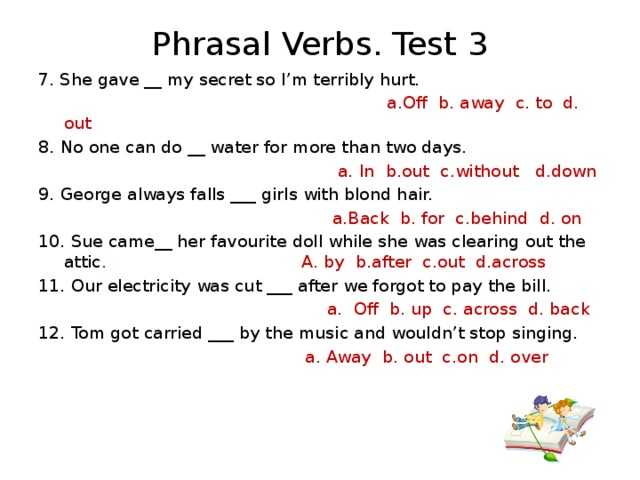
The main condition for a long tire life is:
- high quality products,
- careful operation,
- proper storage of tires in the off-season,
- timely diagnosis.
The age of tires in standard storage is a minor non-determining factor that should not be taken into account when buying them.
Previous article Next article
In the topic “wheels in winter”, the focus is usually on the tires themselves: the choice between expensive and cheap, studded and Velcro. The question of how to inflate them is taken for granted, and, as the AvtoVzglyad portal found out, in vain ...
Maxim Stroker
In winter, even in such a simple action as inflating wheels, a number of not very obvious nuances appear. They are connected, in fact, with the fact that frost rages on the street.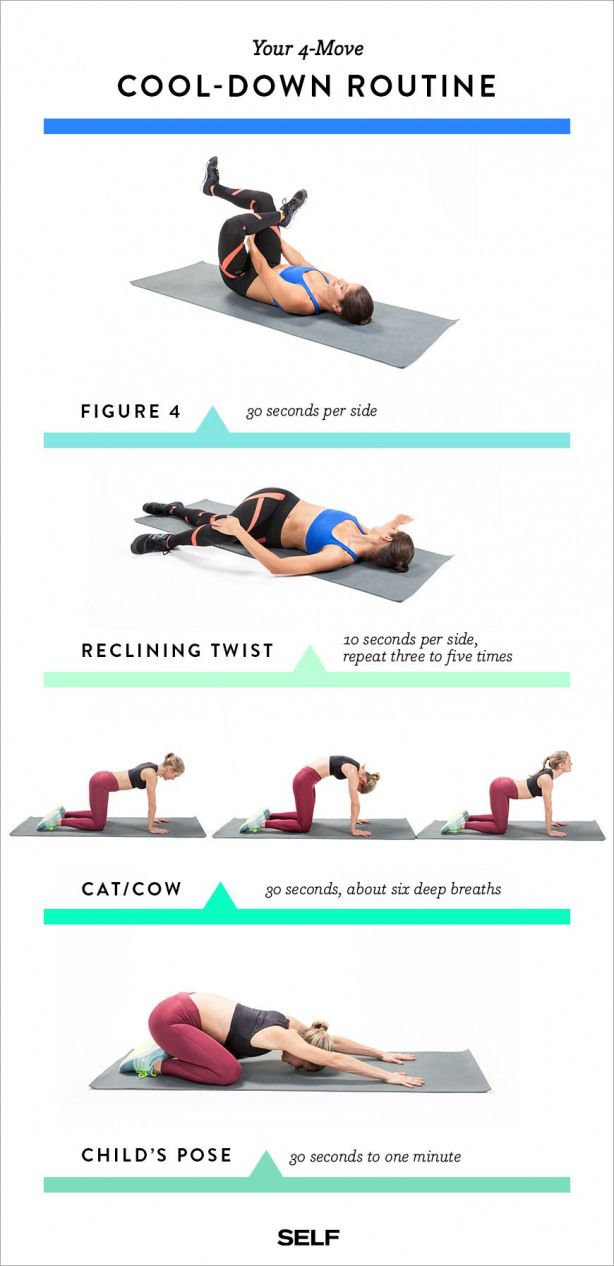 The fact is that, as you know, all substances shrink and decrease in volume when cooled, and expand when heated. Moreover, gases are especially susceptible to this effect. The air with which we pump up the wheels is also a gas. Rather, it is a mixture of gases, but this is not important in this case.
The fact is that, as you know, all substances shrink and decrease in volume when cooled, and expand when heated. Moreover, gases are especially susceptible to this effect. The air with which we pump up the wheels is also a gas. Rather, it is a mixture of gases, but this is not important in this case.
So, based on the experience of operating machines, it is empirically deduced that for every 8 ° C decrease in the temperature outside, the pressure in the wheel drops by 0.1 bar (10 kPa, 0.1 atmosphere). Thus, if at + 20ºС the wheel is pumped up to 2.4 atmospheres, then when it cools (well, let's say this, purely theoretically!) To -20ºС, the pressure in it will drop to 1.9 atmospheres. That is - almost 20% lower than recommended in the "manuals" of many automakers.
It is a mistake to think that such a situation is possible only in an inflamed journalistic imagination! Imagine a typical autumn situation: you came to the tire shop to “change shoes” - change tires from summer to winter. As is often the case in small workshops, the wheels are pumped up to the required 2.2-2.4 atmospheres immediately after balancing - in a warm room at a temperature of about + 20ºС.
As is often the case in small workshops, the wheels are pumped up to the required 2.2-2.4 atmospheres immediately after balancing - in a warm room at a temperature of about + 20ºС.
In a short time, normal winter cold sets in - albeit not with a 20-degree frost, but with a confident "minus" of about -10ºС. The pressure drop in this case will be about 0.4 atmospheres, which is also significant. If you do not pay due attention to this moment, it will turn out that the car will then drive for almost the whole winter on flat tires. Someone will say that this is even good - they say, cross-country ability is improving.
Yes, but only in one case - when driving on soft loose snow, when an increase in the contact patch between the wheel and the road allows the car to fall less into soft snow. If, like the vast majority of cars, in winter we drive mainly on hard-surface roads that are more or less cleared of snow, flat tires will only induce.
Because of them, controllability will noticeably worsen, the car will be easier to break into side slip, brake worse, fuel consumption will increase, etc.